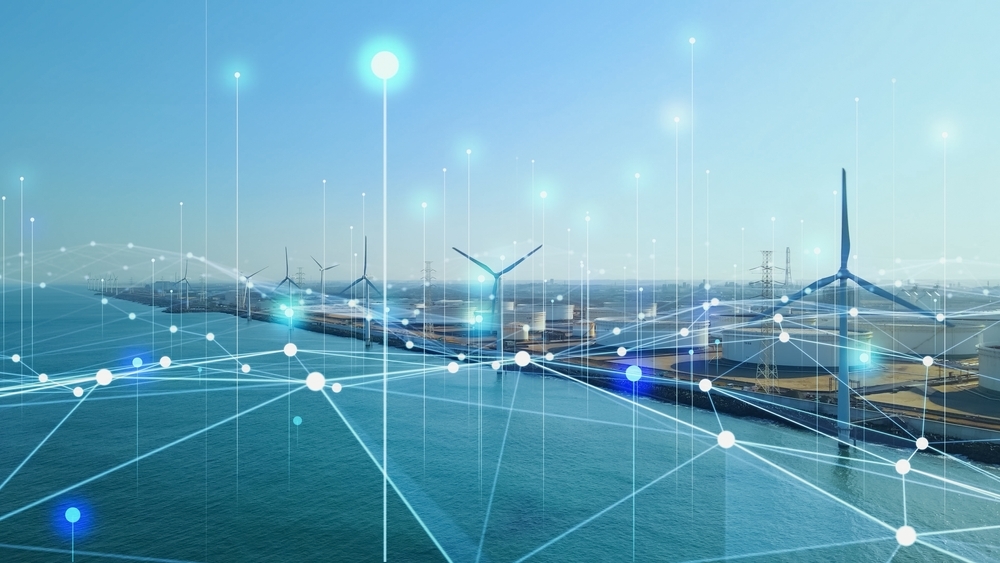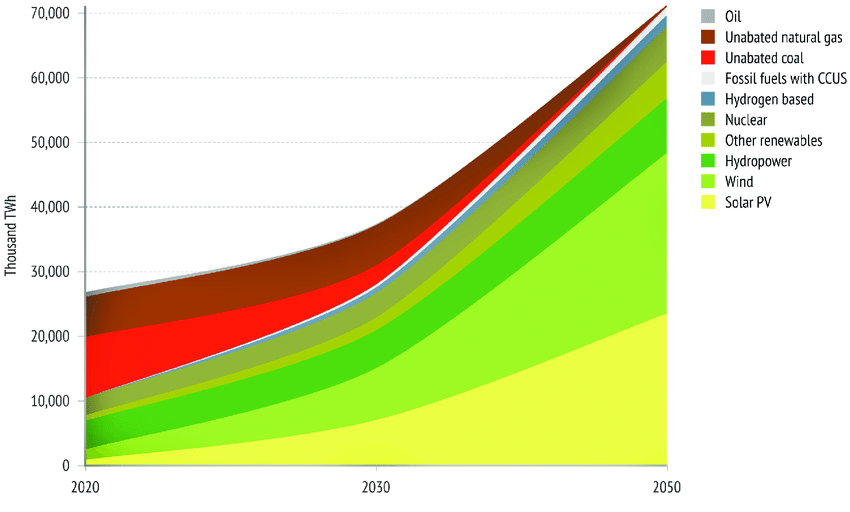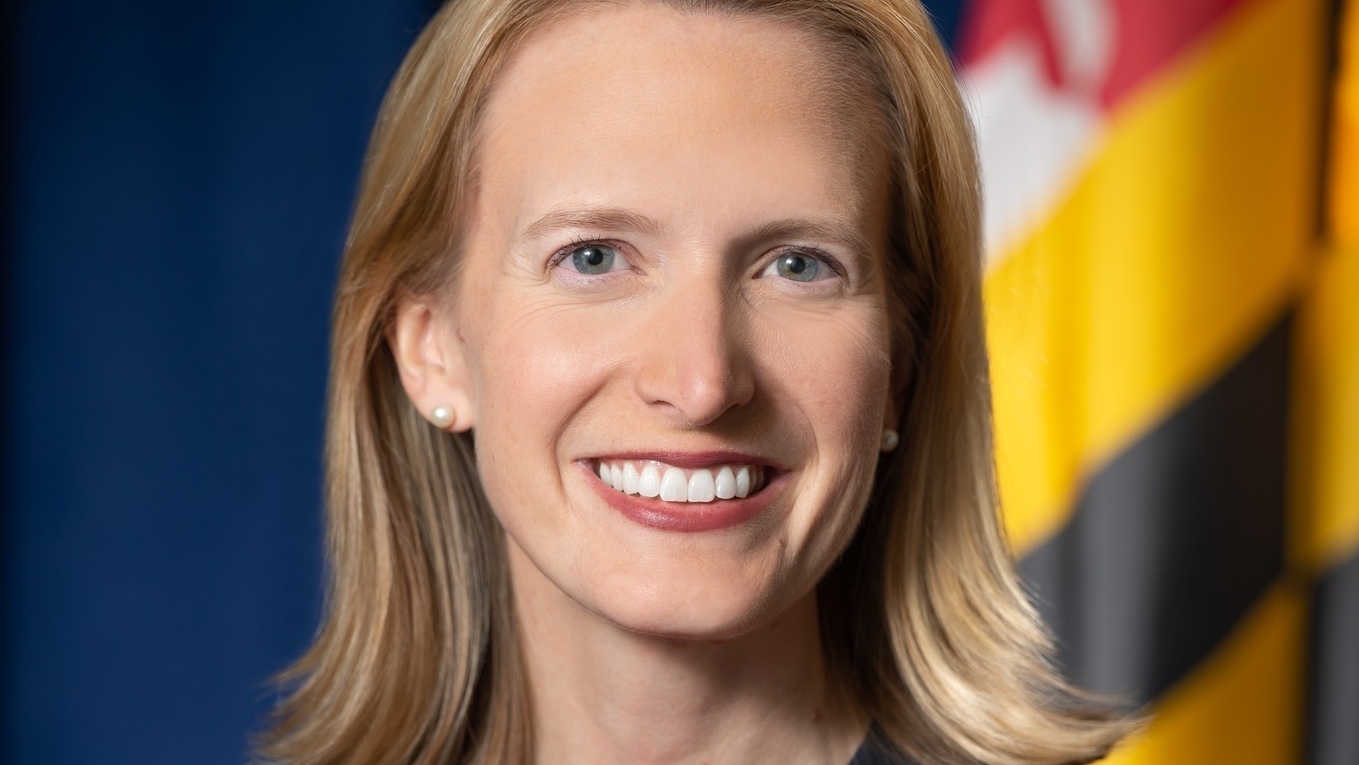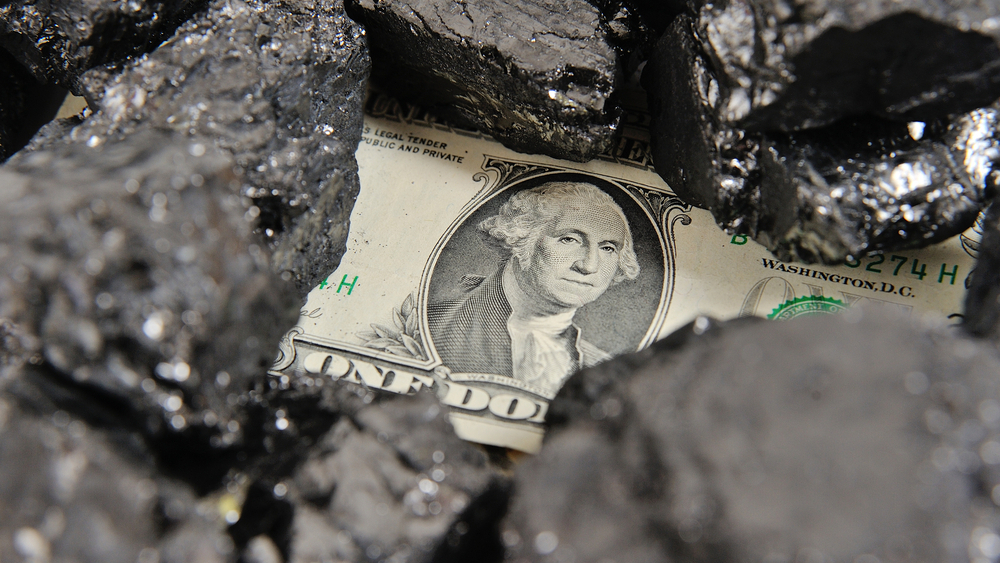
Grid capacity: why system-wide thinking is essential for the energy transition
Major asset owners are calling on governments to tackle one of the biggest roadblocks to net zero: grid capacity
Institutional investors and their net-zero alliances are calling on governments to solve the serious grid capacity and connectivity problems that imperil the clean energy transition.
The International Energy Agency (IEA) has warned that electricity grids are not keeping pace with the rapid growth of key clean energy technologies such as solar, wind, electric cars and heat pumps. A lack of ambition and attention risks making electricity grids the weak link in the clean energy transition, the researchers wrote.
One of the simplest ways for businesses to reach net zero is to replace carbon intensive energy sources with clean, renewable electricity.
However, if there is not enough capacity on the local electricity grid to provide the business with more power, such decarbonisation efforts hit a roadblock.
RENEWABLE INFRASTRUCTURE SUMMIT
12/03/24, London Stock Exchange | Asset owner knowledge sharing & due diligence
The US National Grid estimates that electricity consumption in the UK and US will increase by approximately 50% by 2036 and more than double by 2050 as the energy transition gains traction.
“While I absolutely welcome commitments to increasing renewables, system-wide thinking, especially in the context of grid capacity, is absolutely essential,” said Faith Ward, chief responsible investment officer at Brunel Pension Partnership, during a recent Institutional Investors Group on Climate Change (IIGCC) event at COP 28.
One of the IIGCC's key mandates is to advocate for an enabling policy environment to help asset owners like Brunel Pension Partnership reach their net-zero goals.
Between now and 2040, the world needs either to build or refurbish some “80 million kilometres of grid” - more than what has been done in the last 100 years, Ward continued.
“The scale is phenomenal,” she said. “This is a challenge.”
Bertrand Millot, head of sustainability at Canadian pension giant CDPQ and Ceres board member also stressed the need for integrated thinking, noting how transformers in Quebec “regularly explode” due to the increase in electric vehicles.
“It makes sense having electric vehicles in Quebec, because the electricity grid is entirely green,” he said. “However, if the transformers explode because there is too much load, the government needs to do something about the grid. These things don’t work in isolation.”

Investor advocacy work
David Neal, CEO of the pension-fund owned IFM Investors, said governments “have a big role to play, especially when it comes to infrastructure”, which is both an “essential service” and a “community and political animal”.
“It’s all very well trying to encourage people to build more renewable generation capability, but if you haven't got the grids to connect it to, then it won’t be effective,” he said.
It was partly a lack of system-wide thinking that led IFM investors to unite Australian asset owners worth around $1 trillion and present a blueprint for the energy transition to the Australian government.
The blueprint notes that “capacity in the grid to connect additional renewable generation is diminishing, which means that transmission is becoming the key bottleneck to progressing Australia’s energy transition and achieving an 82 per cent share of renewables by 2030".
“I do have sympathy with governments, because they have a fiendishly difficult problem,” said Neal. “They also have a thousand different voices telling them what to do. That’s why we simplified our asset-owner collaboration and presented a single voice to the Australian government.”
The blueprint calls on the government to “enable distribution network service providers, with the right performance, safety and workforce record, to deliver greenfield transmission projects”.
The government sould also “reduce the impact of new transmission infrastructure on consumers’ energy bills through concessional finance or availability payments for new projects” and “develop a national plan for the roll-out of transmission infrastructure “.
The UK’s aging electricity grid is similarly ill-equipped to handle the transition.
A study by renewable energy think tank Regen showed that lead times for critical new low-carbon projects to connect are now over 15 years.
Responding to the UK chancellor’s Autumn Statement, Emily Murrell, IIGCC’s policy programme director, commended the government for committing to improving grid connectivity.
The UK’s Connections Action Plan and Transmission Action Plan, published the same day as the Autumn Statement, offered details on how the government plans to reduce grid access delays by up to 90%.
Such action “will help green energy producers to provide energy to consumers more quickly”, Murrell said.
Net Zero Investor previously reported that asset owners are increasingly aware of grid issues and are looking for suitable investment opportunities.
“We are actually more focused on battery storage, low carbon infrastructure adaption opportunities, and EV charge points than we are on emerging technologies like hydrogen,” said Katherina Lindmeier, senior responsible investment manager at NEST.
NEST is currently talking to its renewable energy infrastructure partner, Octopus, about the best way to allocate capital to the “nuts and bolts” of energy transmission.




